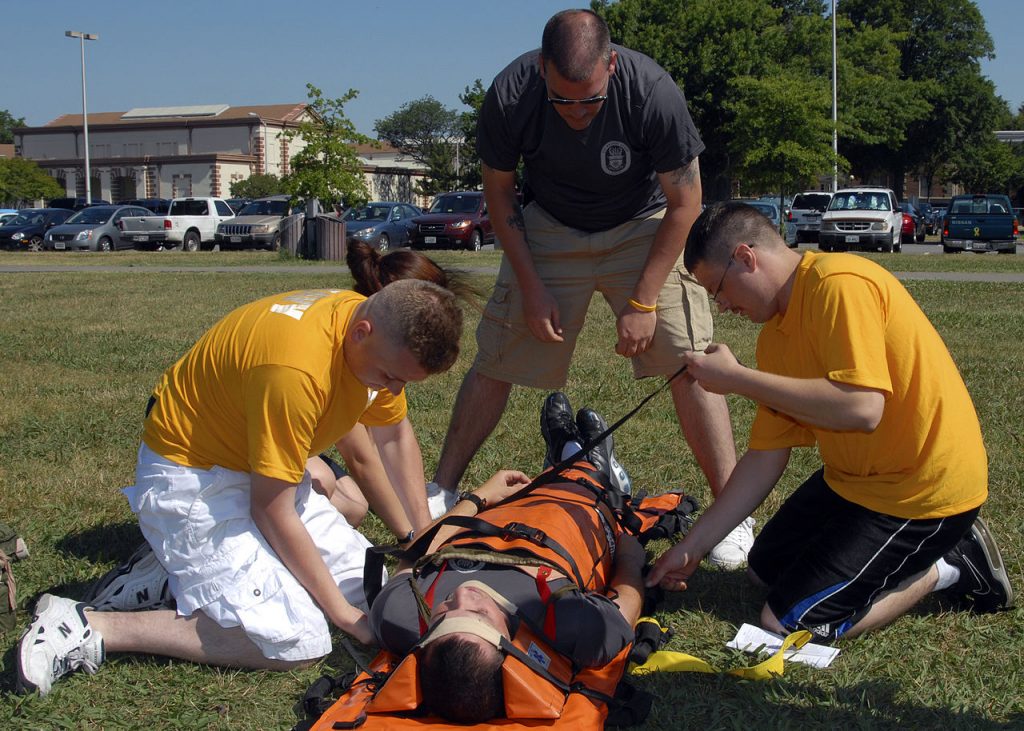
If you play sports, watch sports, or keep up with the news, then chances are you’ve probably heard about athletic trainers (ATs). They are both on the sidelines of games as well as present at practice. Athletic trainers are some of the most important people to have on the staff of an athletic department.
As popular and well known as the profession is, many people are unfamiliar with what athletic trainers actually do.
1. Athletic Trainers Are The First Ones On The Scene
Much like an emergency response team, athletic trainers are the first ones on the field when an athlete gets hurt during a game or event. “They’re the first ones on the scene, assessing the situation and giving a differential diagnosis,” says Nate Teller, the athletic training director for OSR Physical Therapy. “They determine whether a player should continue or stop.”
ATs are part of the overall sports medicine team, in addition to sports medicine doctors and physical therapists. They are usually staff employees of the organization or athletic department. Many times, however, sports clubs and teams often contract out to clinics for athletic trainers.
2. They Are The First Line Of Defense Against Injury
Athletic trainers specialize in preventing, recognizing, and helping rehabilitate injuries of physically active people. They are there to handle both emergency and non-emergency situations. From injury prevention to physical assessment, ATs make sure that athletes are staying injury-free. They have specialized training in risk management, which helps them develop injury prevention programs.
3. Athletic Trainers Must Have Good Relationships
Because they are the leaders of injury prevention, athletic trainers must have good relationships with the coaches, athletes, and even the parents. Talking to coaches and watching athletes closely, they can determine when an athlete is at a higher risk of injury. ATs can make recommendations to slow down or alter training. They also know what areas to focus on for strengthening.
“Most of the time, athletes will come to the athletic trainer directly,” says OSR athletic trainer Jason Kopp. “But sometimes, a coach will come to an athletic trainer and say, ‘Hey, I noticed this athlete wobbling a bit during practice. Have they come to see you?’ We will then seek out the athlete and assess what the problem is.”
4. They Are Trained In The Biomechanics Of Sports
This essentially means that they are educated in how the body works during specific movements under certain stress. Athletic trainers can look at the body while moving and assess injury risk. They can pick out weak spots and design a program that targets those areas to prevent injury. ATs will then work with the coaches or athletes to ensure training program adherence. They also work with physical therapists during rehabilitation to get the athlete back to doing what they love.
OSR Has Certified Athletic Trainers
OSR works with multiple high schools and sports clubs in the West Metro. Our athletic trainers make sure that athletes can continue doing what they love without a high risk of injury. They also work closely with physical therapists at each of our locations for rehabilitation and treatment. Contact us today to find out more about our athletic training programs.


